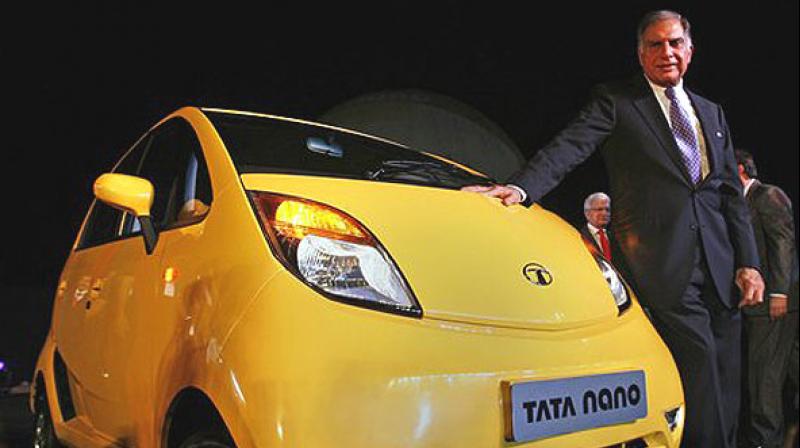Table of Contents
Learn more about Ratan Tata’s revolutionary project, the Tata Nano, an affordable car aimed at achieving the Indian middle-class dream at a Rs 1 lakh introductory price.
Ratan Tata had the vision of making a car for the middle-class Indian, which was formulated in the early 2000s. Witnessing families struggle on two-wheelers, he envisioned a revolutionary solution: the Tata Nano. This was an audacious plan that wanted to revolutionize mobility in India, with a promise of safety and affordability at Rs 1 lakh ($2500) a scooter. For the millions out there, the Nano was the symbol of a new beginning and a shot at a dream life in their pocket.
Engineering Marvel: Designing the World’s Cheapest Car
In this case, the engineering that was used in coming up with Tata Nano was one that could be described as extraordinary. Tata Motors realized it had to develop a mission to achieve building a car that was small, cost-effective, and of good quality. Lucky for the Nano, it came with strategic designs, and its overall length measured only 3.1 meters, thus it was perfect for inner city use.

Key Specifications:
Engine: 0. A rear-mounted 6-liter, 2-cylinder engine was specified in order to optimize efficiency.
Mileage: An impressive 23 km/l, which is going to attract price-conscious customers.
Safety Features: People can again be protected by specific car parts, such as crumple zones and reinforced bodies, while still using an affordable car.
However, behind this grand endeavor came a lot of problems that downsized it—from the expenses to safety concerns—which only proved the old saying that nothing ventured, nothing gained.
A Roller Coaster Journey: The Launch and Initial Reception
The Nano was unveiled in December 2007 and then rolled out in 2008, which sparked much media coverage and created enthusiasm amongst car buyers. Marketing techniques used in launching the product focused on its price and the uniqueness of the product in order to stir up interest among the consumers.
But to some extent, the initial reception was mixed. While for some it became a sign of the economic independence of women, for others it turned into a ‘cheap car’ and having it became shameful. Despite such a situation, the realities turned out to be quite different, and consumers’ impressions, notwithstanding the merits of the car’s development in many ways, outweighed the technological aspects.
Tata nano 2024 price in India
The Tata Nano 2024 price in India is anticipated to start around ₹3 lakh, making it an attractive choice for budget-conscious buyers. Known as India’s iconic compact car, the Nano 2024 aims to deliver improved features and enhanced fuel efficiency, while still being affordable. Its new design and affordability make it a strong contender in the entry-level car market.
Lessons Learned: The Challenges and Downfall
However, the journey of Nano was quite a struggling one, although a lot was expected when it was launched. Several factors contributed to its decline in popularity:
Market Competition: It failed by achieving a good position in the age-old standard of low cost, and soon competitors started to encroach into the same range, offering more features to take over that niche market too.
Production Hurdles: Most of the cars’ manufacturing plant is in West Bengal, which was shifted to Gujarat due to political issues; this distorted the production line and also delayed car delivery.
Consumer Preferences: From this emerged that changes of consumers in direction to the more universal and efficiently equipped vehicles affected the Nano.
These challenges highlight crucial lessons for the automotive industry: the proverb that a change of garment gives a new image is true; the fact that the commodities are cheaper does not mean that the brands are desirable.
Legacy and Impact: The Tata Nano’s Place in Automotive History
Despite its failure to make a commercial impact, Tata Nano can be considered the starting point for something big. It also expanded the field of automotive engineering and created the basis for further development of economical cars in the future. The project went further as the reference point for manufacturers who wanted to develop efficient solutions across various market segments.
So the idea of Mr. Ratan Tata is still in charge of enhancing further collaborations aimed at providing transportation to everyone. The Nano symbolizes the idea that when there is personal conviction, where there is a dream, it has to be realized, and there is always a way to break the existing mold and make things happen for the automotive industry.

